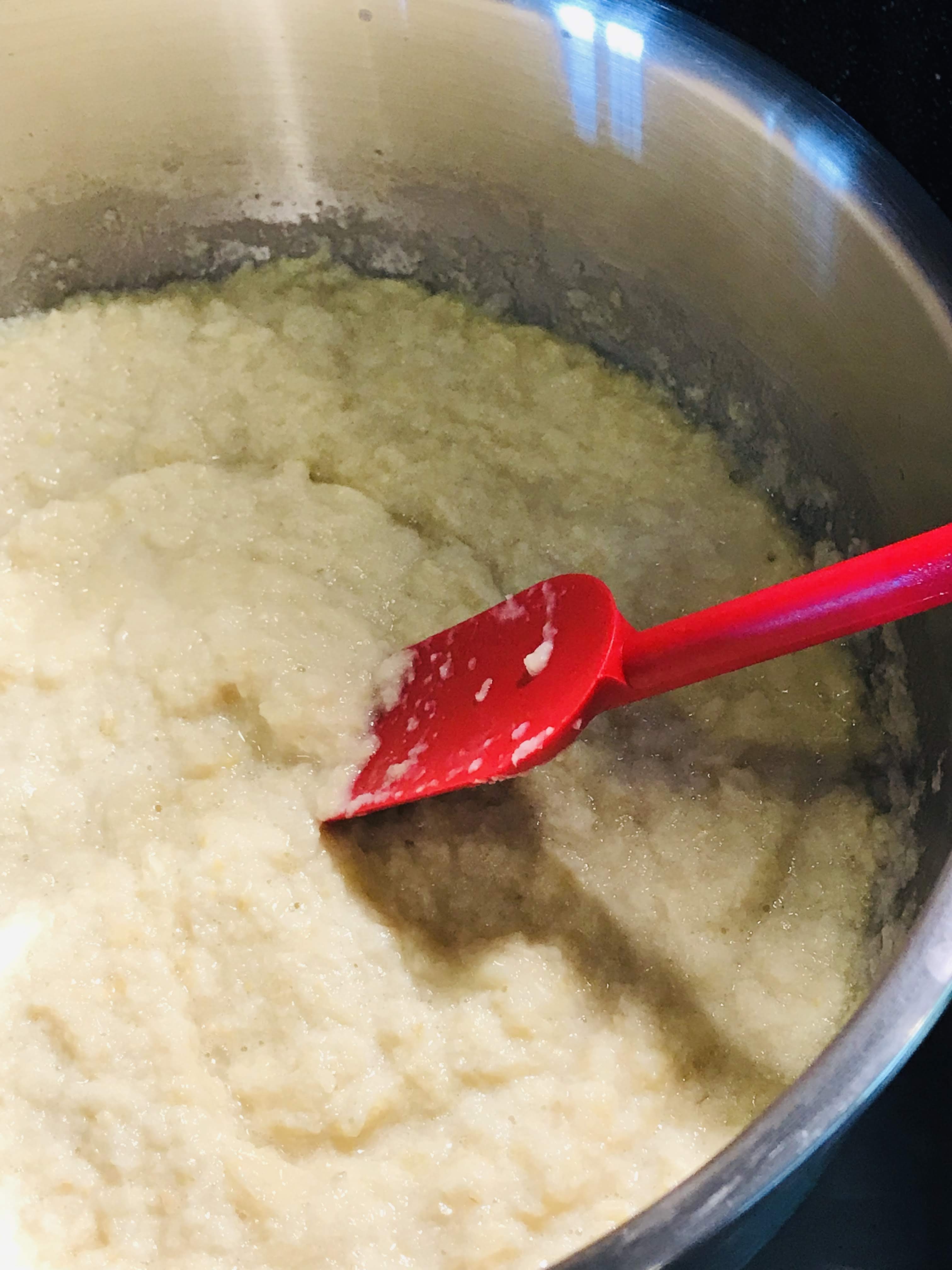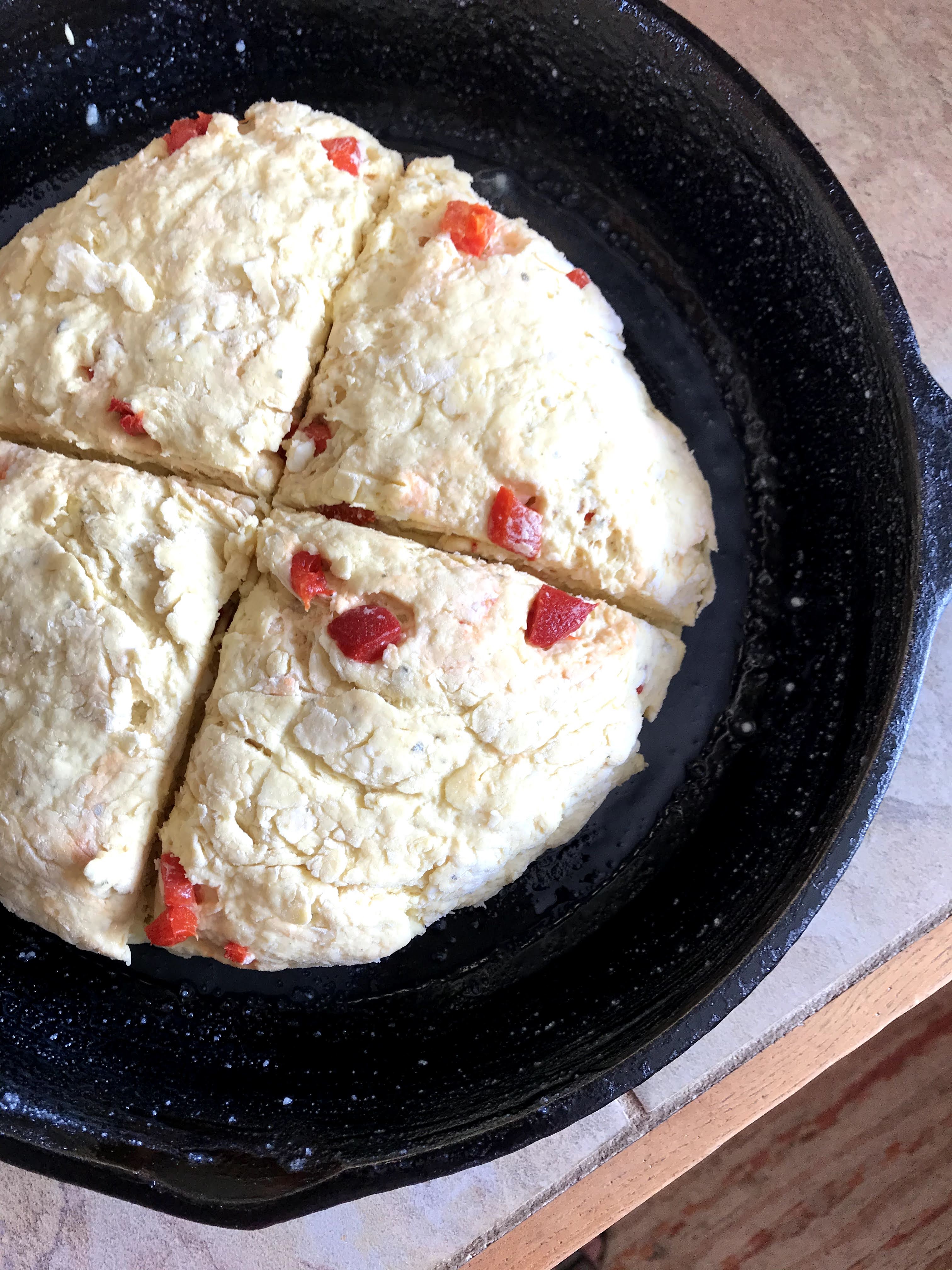As we all creep forward during this time of uncertainty; nature, reading, planting our vegetable farm and cooking are keeping me grounded and hopeful. Rural living is a calming lifestyle that continues to nourish us. Even with the farm year slowly ramping up, we have an established rhythm for daily life, that is forward thinking and hopeful. Regardless of how this crisis plays out, if we can’t get to the farmers market to sell our food, it will certainly not be wasted. We will be canning, along with making sure that our neighbors have access to fresh food. I respect that our farmers market is staying open, with a plan of action and necessary precautions. Young farmers and businesses need to serve their communities and stay open as long as possible. As elders, with my wife having a compromised immune system, we have been self-sheltering with the understanding that growing food is the very best use of our time.
It is often said that the character of a individual is how they respond to adversity. After all happiness is an inside job; but I admit to having several sleepless nights. I am keenly aware of my privilege in feeling relatively safe during this time. My heart hurts for people who have lost their jobs, businesses that have had to close, people without a sufficient safety net to get them through this time of uncertainty. I trust the creativity and innovation of people, much more than the total lack of leadership at the federal level. I know we will collectively get through this stressful time. It is my hope that lessons will be learned that can lift all of us up, in the face of future challenges.
Actually, self-sheltering has been our rural life style. When people come to the farm to laugh, cook and eat with us, they often say how they need to be a part of something with purpose. Urban living has its own forms of signature stress. They see a well lived in home, with a rich history, surrounded by land and vegetables, as something distant from their own reality. We look forward to being able to welcome our friends back into our home and break bread together. In the meantime, reading, writing, planting and preparing food is our devotion.
I usually make the following recipe during the summer months, but I have found that the use of frozen corn and the frozen cherry tomatoes that I put up during the last farm season create a beautiful and delicious alternative. Depending on your circumstances and location, most grocery stores have cherry tomatoes even this time of year.
FRESH CORN POLENTA WITH ROASTED CHERRY TOMATOES
INGREDIENTS:
- 6 ears of fresh corn (or 6 cups frozen)
- 2 1/4 cups water
- 3 tablespoons unsalted butter, cut into small cubes
- 7 ounces feta, crumbled
- 1 teaspoon salt, divided
- Freshly ground black pepper to taste
- 6 cups fresh or frozen cherry tomatoes
- 4 large garlic cloves, peeled
- 4 tablespoons extra-virgin olive oil
- Chopped fresh basil or parsley for garnish



INSTRUCTIONS:
FOR THE TOMATOES:
- Preheat your oven to 350 degrees F. Pour cherry tomatoes and garlic onto sheet pan and drizzle 4 tablespoon extra-virgin olive oil. Roll the tomatoes around with the palms of your hands to evenly coat.
- Sprinkle the tomatoes and garlic with 1/2 teaspoon kosher salt and freshly ground black pepper to taste. Roast for 30 minutes.
- Remove from oven and toss the tomatoes. Return to oven for 20-30 minutes more or until the tomatoes have slit and are slightly brown in some places.
FOR POLENTA:
- If using fresh corn, peel the leaves and silk from each ear, then chop off the pointed top and stalk. Use a sharp knife to shave off the kernels, taking care to remove as much of the ‘milk’ below the kernels as possible, while stabilizing the cob on a cutting board. You will need 6 cups of kernels.
- Place the fresh or frozen kernels in a medium saucepan and barely cover them with water. Cook for 12 minutes on a low simmer. Use a slotted spoon to lift the kernels from the water and into a food processor; reserve the cooking liquid in a Pyrex measuring cup.
- Process for several minutes; you want to break as much of the kernel case as possible. Add some of the cooking liquid if the mixture becomes too dry to process.
- Return the corn paste to the pan with some of the cooking liquid and cook, while stirring, on low heat for 10-15 minutes; or until the corn mixture thickens to a mashed potato consistency. (the more liquid you use, the longer this process will take; watch carefully in case it sputters)
- Fold in the butter, the feta, salt and pepper. Taste and adjust seasonings.
TO ASSEMBLE:
Spoon some of the polenta into individual shallow bowls,. Spoon roasted cherry tomatoes and garlic on top. Garnish with fresh basil or parsley.
Serves: 4

“When we are generous in welcoming people and sharing something with them— some food, a place in our homes, our time— not only do we no longer remain poor: we are enriched.” —Pope Francis












































